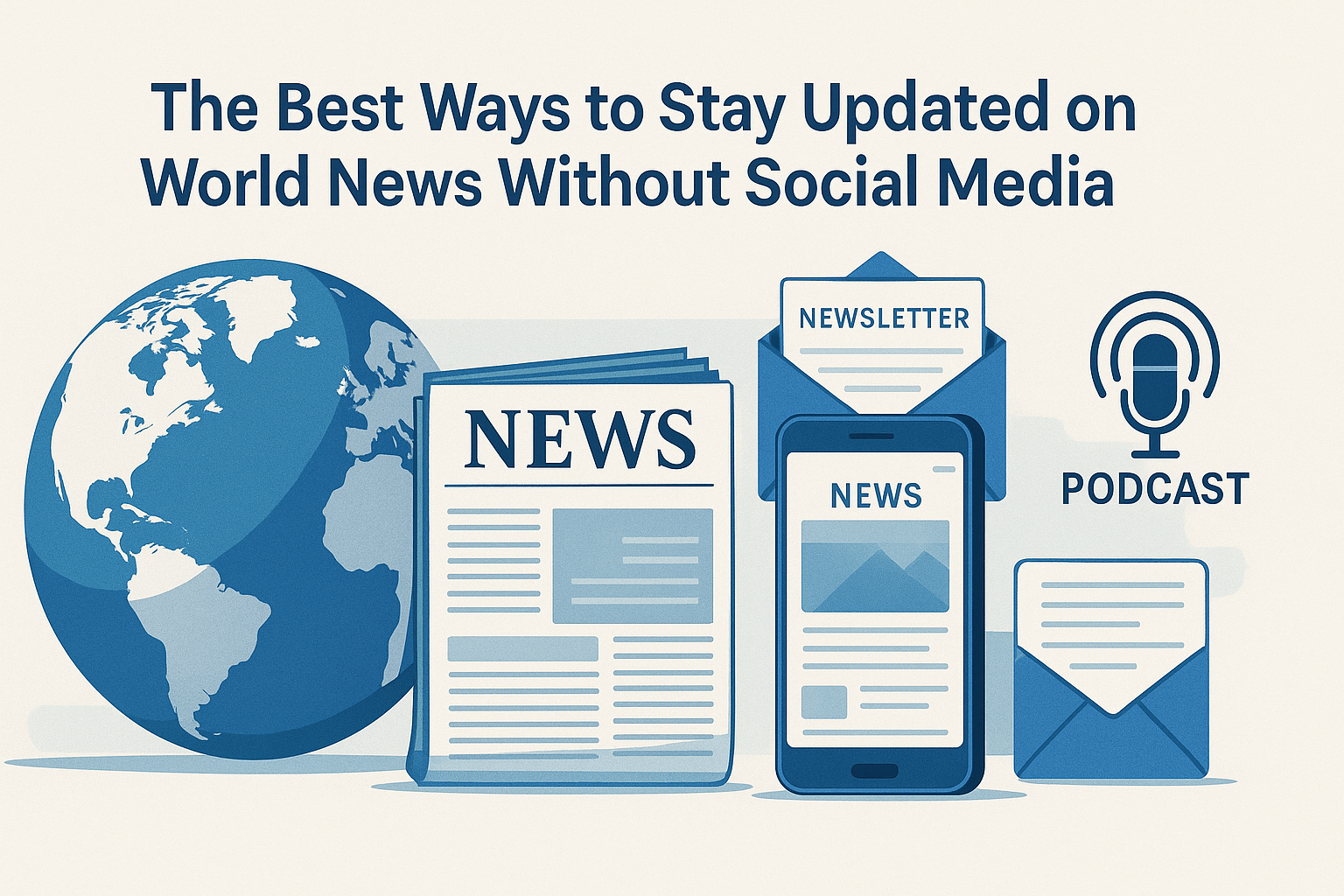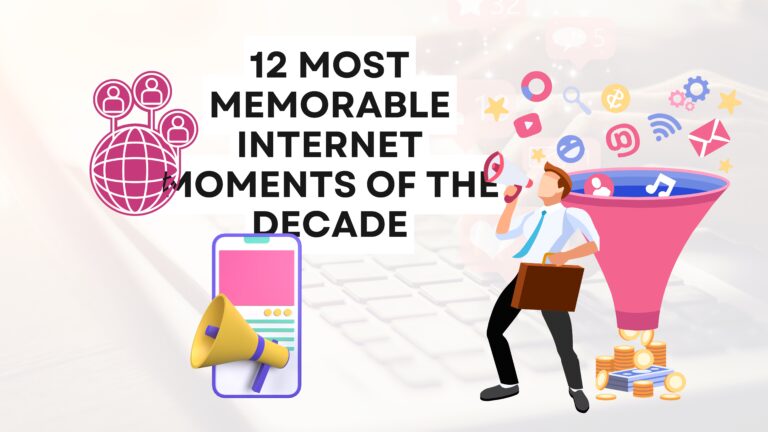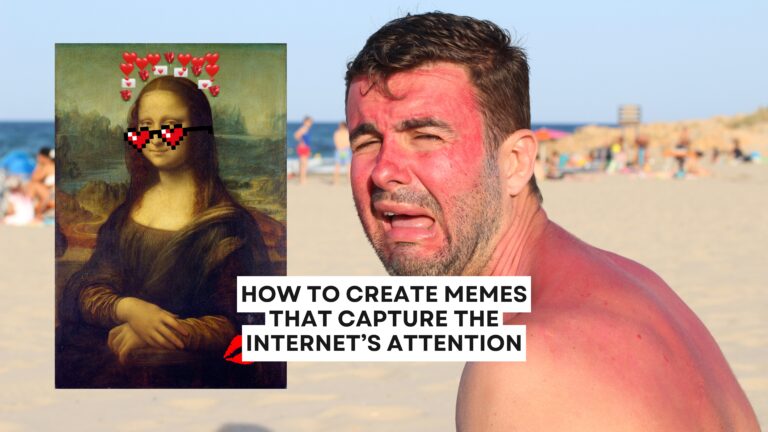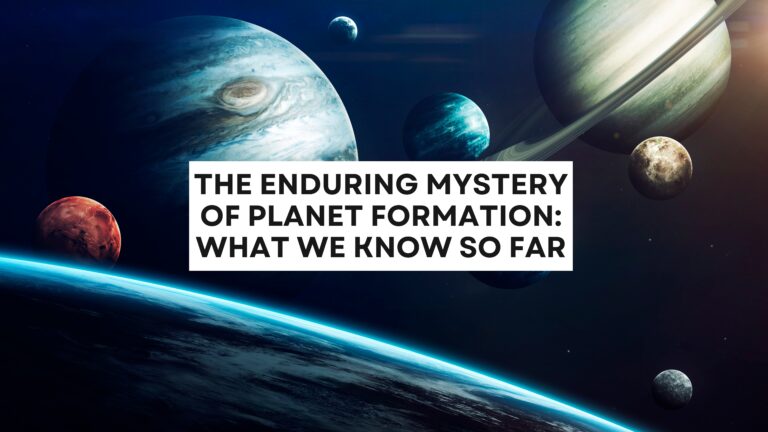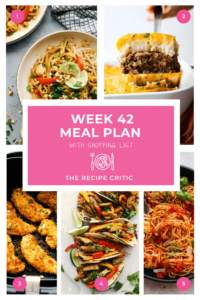Let’s not sugarcoat it: social media has become the junk food of information. Tasty? Sure. But nutritious? Not really. You open Instagram to check the weather—bam—three hours later, you know everything about Kim Kardashian’s skincare line but somehow missed that there was an earthquake in Japan. Yeah. That’s… a problem.
So what do you do when you want to stay updated on world news—but without the emotional whiplash and misinformation rollercoaster of your feed? You go analog-digital. Or… maybe just intentional digital. Let me walk you through it—messy thoughts and all.
1. News Aggregator Apps: A Godsend, Unless You Hate Clean Interfaces
First off, let’s talk apps. They’re neat. Mostly.
- Feedly is like the librarian who wears black-rimmed glasses and alphabetizes your chaos. You tell it what you like—global affairs, tech meltdowns, space stuff—and boom, it serves only that. It’s not perfect (some feeds glitch out randomly), but honestly, it’s like RSS on steroids. In a good way.
- Flipboard, on the other hand, feels like Pinterest and The New York Times had a weirdly elegant baby. It flips (literally), it curates, and its Daily Edition is sometimes better than your morning coffee. Though, full disclosure, it can feel a bit… too curated. Like a lifestyle influencer trying to talk about war.
- Apple News is slick if you’re an Apple cultist (hi, it’s me). It delivers breaking alerts that somehow always land at 3AM, which—cool, I guess? But you can mute the chaos and customize topics, which saves your brain from imploding.
2. The Forgotten Art of the Inbox Newsletter
You know what’s sexy? Waking up to one email that actually makes you smarter.
- The NYT Morning Briefing? Chef’s kiss. It’s like a best friend with a journalism degree whispering global affairs into your inbox at sunrise.
- Axios AM makes you feel like a Washington insider even if you’re wearing socks with holes and haven’t paid attention to politics since 2021.
- Quartz Daily Brief—if global economy, tech, and a sprinkle of existential dread are your thing—go for it.
Real talk: newsletters feel like the opposite of Twitter. No screaming. No trolls. Just curated clarity in a world where everyone’s yelling louder than the last guy.
(Also, they make great bathroom reading. Just saying.)
3. News Podcasts—Information With a Side of Emotion
Okay, podcasts. You’re folding laundry, dodging life, walking your dog at 9PM while questioning capitalism. Perfect time for a news pod.
- The Daily by The New York Times. It’s not just news. It’s storytelling. Sometimes, I cry. Over policy. What?
- BBC Global News Podcast: British accents, sobering truths, and just enough sarcasm to keep it from being unbearable.
- NPR News Now: For when you need the gist in like 5 minutes or less—because who has time?
Here’s what nobody tells you: the tone in someone’s voice changes how you absorb the news. Audio gives context that text can’t. It’s personal. Sometimes… painfully so.
4. Physical Newspapers & Magazines (Yes, People Still Do This)
Don’t laugh. I bought a real newspaper last week. Ink on my fingers, paper crinkling like autumn leaves. It felt—grounding? Ancient? Strangely luxurious?
Print makes you slow down. Really read. And digital subscriptions (The Guardian, The Atlantic, or heck, even The Economist if you’re into masochism) offer more than clickbait headlines. You get nuance, essays, long-form analysis that reads like brain food—not TikTok trivia.
Also: reading a physical newspaper in a coffee shop makes you look mysterious and smart. Just saying.
5. Alerts From Reputable Apps—AKA Controlled Chaos
So you do want breaking news, just… not the social media firestorm that comes with it?
- Install Reuters, AP News, or BBC. Enable push notifications sparingly. Like, only for world events. Not celebrity divorces. (Unless it’s messy, then fine.)
- You can also set Google Alerts for stuff like “Israel conflict 2025” or “AI legislation update” or whatever your panic trigger is. They’ll email you digest-style updates. Efficient. Non-invasive. Almost boring. (Which is good.)
But beware: too many alerts and suddenly your phone is more anxious than you are.
6. Customize Your Own News Feed—You Control the Algorithm Now
Alright, techy folks. You want hyper-personalization? You want your own curated digest of global events, Reddit threads, and Elon’s latest shenanigans?
Try Mailbrew or IFTTT. They’re like… Frankenstein’s monster, but for content. You stitch together sources, add filters, and automate news delivery—direct to your inbox or Slack or wherever your brain lives these days.
I set mine to include trending posts from Hacker News, foreign policy briefings, and even quotes from stoic philosophers. Don’t ask me why. It just feels right.
7. Diversify or Die (Figuratively Speaking… Mostly)
You need more than CNN. I’m not even being dramatic. The world is bigger than Western headlines.
- Add Al Jazeera, Nikkei Asia, DW, The Straits Times, Africa News, even RT (with skepticism). Read what other people in other countries are reading. Learn what they care about. Break your bubble.
I mean, the war in Sudan barely makes U.S. front pages—and that should keep you up at night.
Wrap-Up: Know More, Scroll Less
Here’s the thing: staying informed without social media is less chaotic, more empowering, and honestly? Kind of addictive. Once you detox, you’ll wonder why you ever let Mark Zuckerberg curate your worldview.
Sometimes, I miss the thrill of scrolling. The instant gratification. The adrenaline of seeing a tweet go viral. But then I remember—I also used to eat instant noodles for every meal. That doesn’t mean it was good for me.
So take the leap. Ditch the feed. Reclaim your brain.
You might just like who you become.




